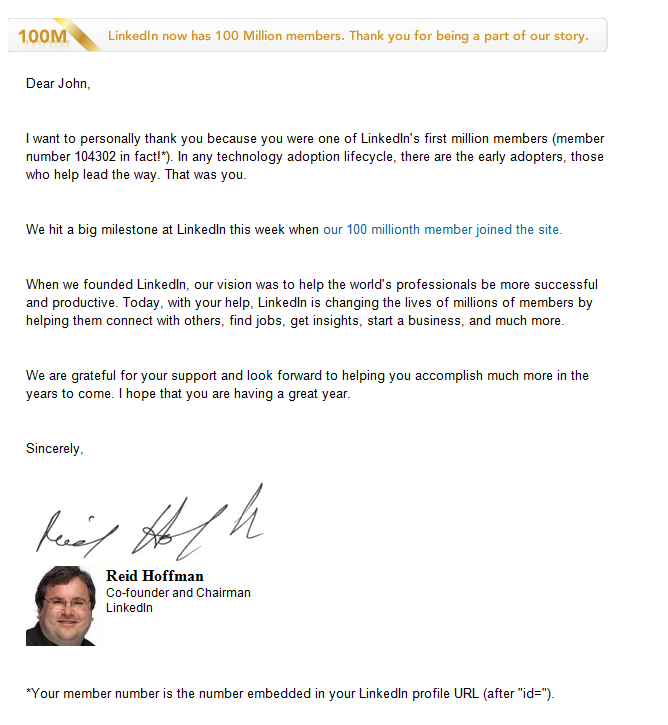At the Schwab Advisor Services meeting in New York yesterday, about 40 advisors joined to discuss a broad vision for achieving a digital presence with social media. In describing the “how to” I shared ways of thinking about digital presence and the role of social media. To help describe ways to get started, I outlined strategies that included actions for revenue strategy, revenue systems and revenue programs. But even this breakdown of strategy and planning recommendations are a lot to tackle for a busy advisor getting started with social media. I often get the question – “OK, but what are the top three things you suggest? Here are three things I would start with to get established online:
1) Solid Website – all roads lead back here, so make sure you have a foundation you are pleased with and relevant content as well as the ability to engage your audience to download items and register for interactions.
- Clean professionally branded
- Relevant content
- Conversion capabilities
2) Professional LinkedIn Profiles – This is the easiest to manage from a compliance point of view and it is very well aligned with the advisor business of referrals and relationships.
- Keyword aligned, current, descriptive profile and business page
- Professional photo
- Active network and # of connections
3) Active Content Sharing – With these two platforms in place, a steady stream of relevant publishing will help place you in the minds of your audience as knowledgeable and help reinforce your credibility when it is time to make a decision.
- Sharing relevant material, text
- Use video if you can to explain and introduce your firm (host on YouTube)
- Publish regularly using a blog format with an RSS feed



